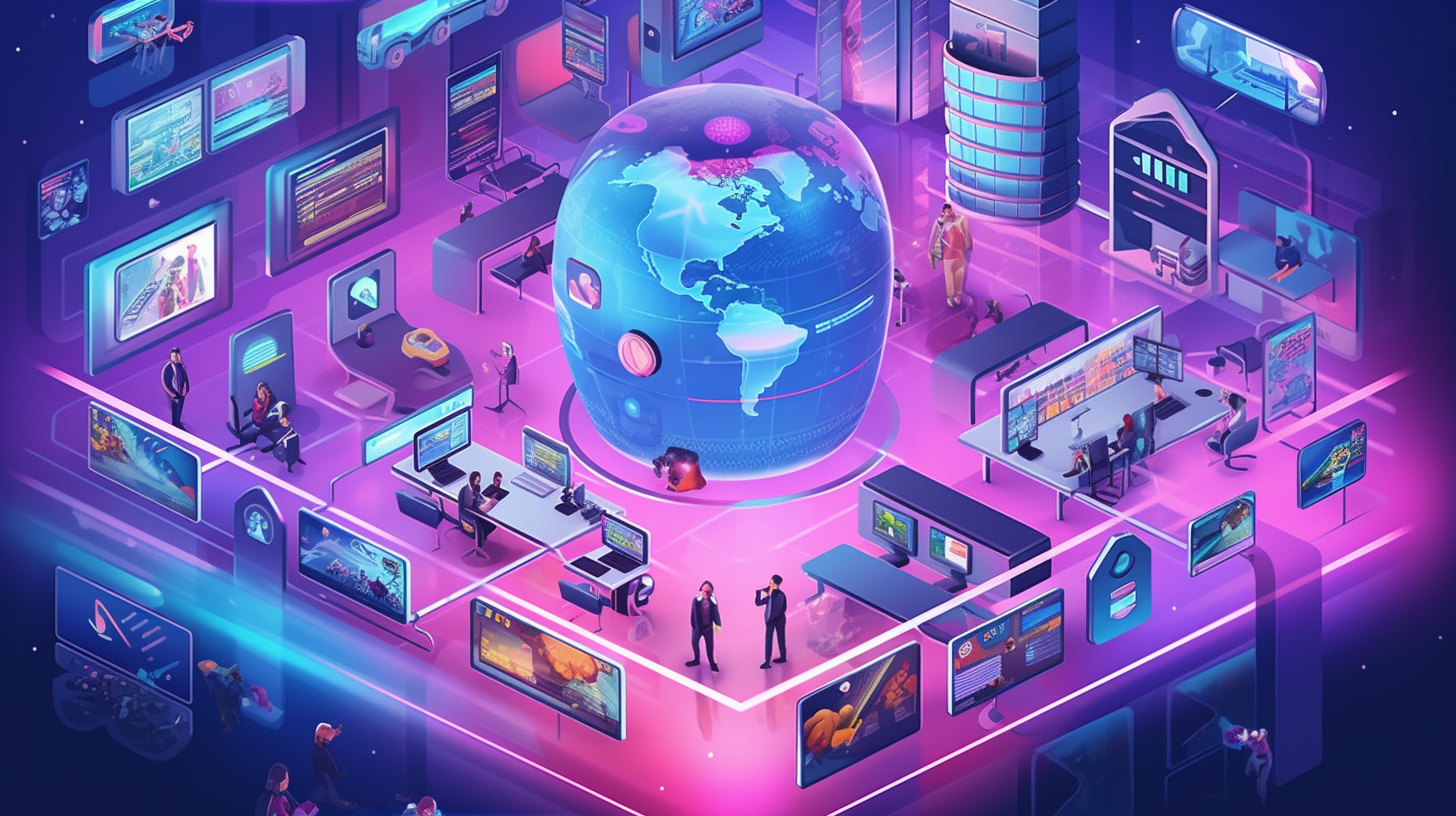ChatGPT – First Data Breach: What You Need to Know
ChatGPT the language model developed by OpenAI, has suffered its first data breach, which has resulted in the exposure of personal information. The incident is a stark reminder of the vulnerability of even the most advanced AI systems.
According to a statement released by OpenAI, the data breach occurred on March 25, 2023, and affected an unknown number of users. The company said that an unauthorized user was able to gain access to a server containing personal information, including names, email addresses, and IP addresses.
OpenAI said that it is investigating the incident and has taken steps to prevent similar incidents from occurring in the future. The company has also notified affected users and advised them to take precautions, such as changing their passwords and monitoring their financial accounts.
What Led to the Data Breach?
OpenAI has not disclosed the specifics of how the data breach occurred, but it has said that it was caused by a vulnerability in one of its systems. The company has not yet revealed whether the vulnerability was caused by a software flaw, a misconfiguration, or a human error.
The incident underscores the importance of cybersecurity and the need for all organizations, including those developing AI systems, to take appropriate measures to protect sensitive information. As AI systems become more sophisticated and integrated into our daily lives, the risk of data breaches will only increase.
Conclusion
The data breach suffered by ChatGPT is a concerning incident that highlights the need for all organizations to take cybersecurity seriously. While OpenAI has taken steps to address the breach, the incident serves as a reminder that no system is completely immune to cyber threats.
If you are a user of ChatGPT or any other AI system, it is essential to take steps to protect your personal information, such as using strong passwords and enabling two-factor authentication. As AI technology continues to evolve, we must all remain vigilant against cyber threats.











